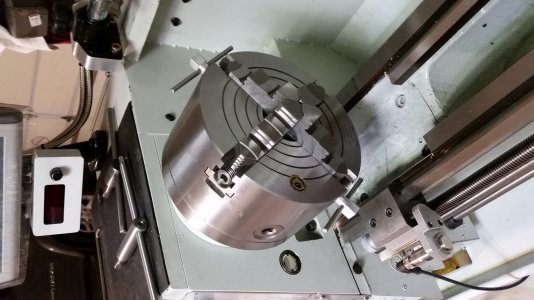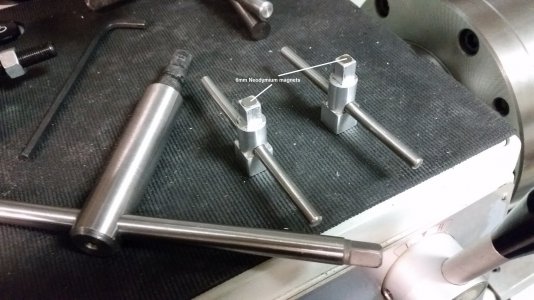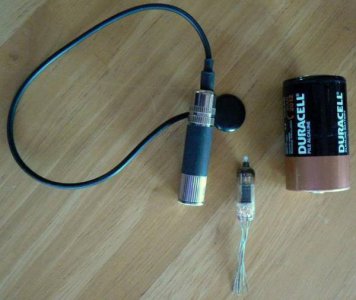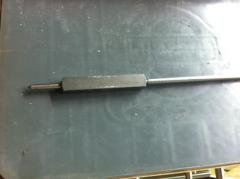I started with the 3 jaw chuck and it was about .005 off from the beginning. Not bad for most of what I was doing, but for precise work, every time you re chuck you add the concentric errors.
I would mark the work to fit it to the chuck for return cuts and use the indicator to get it back. But the part held in the chuck is centered different than the part of the work I just cut.
You can also use a homemade lathe center with dog and cut it each time you use it.
Once I started using the 4 jaw, I will never go back to the three jaw. The 3 jaw is more work to maintain concentric parts.
It seems like it would be less work; but if you want precision, you have to work around the reality of this design.
When doing production parts, you can turn two of the jaws out the same number of turns (or half turn or whatever is required), to release the part.
Then put the next part in and turn them down the same number of turns, then dial it in fast.
I have one key now and have been looking for a second.
Just some thoughts.




